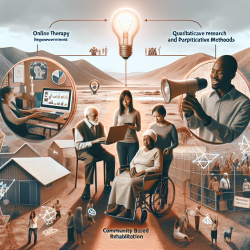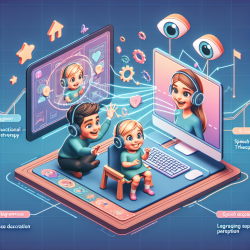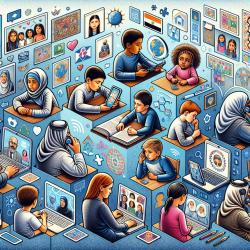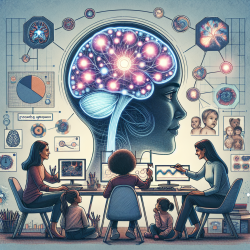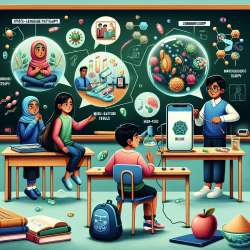Photovoice is a participatory research method that utilizes photography to capture and reflect the experiences of individuals, particularly those from marginalized communities. The method, developed by Wang and Burris in 1997, has been applied in various contexts, including disability research. A recent review titled "Part 1: A review of using photovoice as a disability research method: Implications for eliciting the experiences of persons with disabilities on the Community Based Rehabilitation programme in Namibia" highlights its potential for enhancing the Community Based Rehabilitation (CBR) program in Namibia.
The CBR program, initiated by the World Health Organization in the 1980s, aims to improve service delivery for persons with disabilities by promoting equal opportunities, social integration, and the protection of human rights. Despite its long-standing presence, the program's effectiveness from the perspective of persons with disabilities has not been widely assessed. This gap underscores the need for qualitative evaluation tools like photovoice.
Key Findings from the Research
The review of 21 studies on photovoice as a disability research method revealed several key insights:
- Empowerment: Seventeen studies indicated that photovoice increased empowerment among participants. This empowerment stemmed from participants being able to visually express their experiences and concerns.
- Diverse Applications: Photovoice was used with a range of disabilities, including physical, intellectual, and sensory impairments. This versatility makes it suitable for diverse participant groups in CBR programs.
- Methodological Flexibility: While six studies followed the traditional photovoice process, fifteen modified it to better suit their specific contexts. Common modifications included replacing group discussions with individual interviews to ensure confidentiality and freedom of expression.
- Challenges: Methodological challenges included small sample sizes, the need for assistive technology, and ethical considerations related to photographing human subjects.
Implementing Photovoice in Online Therapy
For practitioners in online therapy, integrating photovoice can enhance the therapeutic process by providing a visual and participatory means of communication. Here are some practical steps to implement photovoice in your practice:
- Training and Familiarization: Ensure that both therapists and clients are familiar with the photovoice method. This includes understanding how to take meaningful photographs and discuss their significance.
- Ethical Considerations: Address ethical concerns by obtaining informed consent and ensuring participants understand the implications of sharing their photographs.
- Technology Support: Provide necessary technology support, such as digital cameras or smartphones, and ensure clients have access to these tools.
- Confidentiality: Consider replacing group discussions with one-on-one virtual sessions to maintain confidentiality and encourage open expression.
- Follow-Up: Develop a follow-up plan to assess the impact of the photovoice project on clients' therapeutic progress.
Encouraging Further Research
While photovoice has shown promise, further research is needed to explore its full potential in online therapy settings. Practitioners are encouraged to:
- Conduct pilot studies to test the feasibility of photovoice in their specific therapeutic contexts.
- Share findings and best practices with the broader therapeutic community to build a knowledge base.
- Collaborate with researchers to refine and adapt the photovoice method for online therapy.
Photovoice offers a unique and empowering way for individuals with disabilities to share their experiences. By integrating this method into online therapy, practitioners can enhance their skills and provide more holistic support to their clients.
To read the original research paper, please follow this link: Part 1: A review of using photovoice as a disability research method: Implications for eliciting the experiences of persons with disabilities on the Community Based Rehabilitation programme in Namibia.
